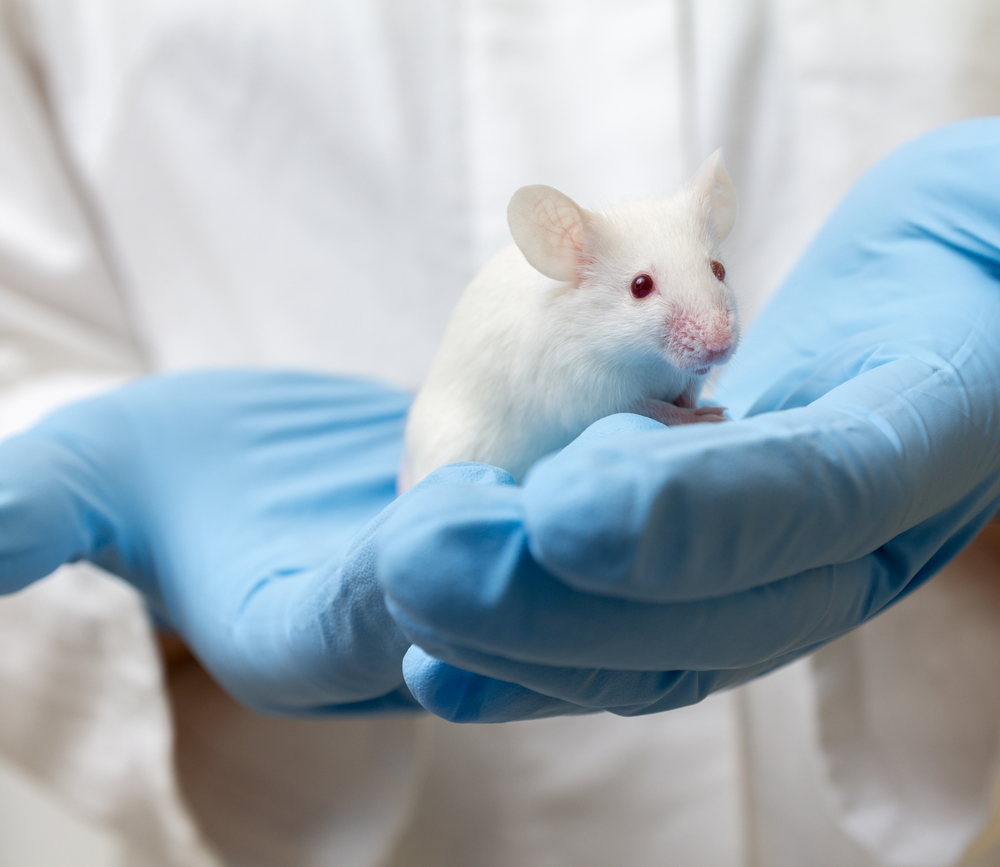Usefulness of Animal Models to Study Stem Cell Therapy in Huntington’s Is Reviewed
Written by |

A recent study reviewed the strengths and weaknesses of using animal studies to investigate the potential of stem cell therapy to treat Huntington’s disease.
The review, titled “Regenerative Medicine In Huntington’s Disease: Strengths And Weaknesses Of Preclinical Studies,” was published in the journal Neuroscience & Biobehavioral Reviews.
Huntington’s disease is caused by mutations in the gene encoding the protein huntingtin. The mutated protein loses its normal activity, promoting neuronal loss and the development of clinical manifestations, such as cognitive deficits, motor deficiencies and involuntary movements.
Stem cell therapy consists of the introduction of stem cells (immature cells that can give rise to other cell types) in an organism to compensate for the loss of cell death.
“Much of the current understanding of the [pathologic] mechanisms implicated in [Huntington’s disease] has been shaped by in vivo studies,” the researchers wrote. “Preclinical studies in rodent models are crucial to identify therapeutic targets and assess the efficacy of potential therapies, including cell transplantation, on functional endpoints.”
Indeed, animal models have been used to study Huntington’s disease in terms of motor, cognitive and emotional anomalies, and to understand how the disease progresses. They also have been used to assess whether stem cell therapy can be a valuable strategy to fight this disease. Based on the promising results obtained in these models, several trials have tested stem cell therapy in patients with Huntington’s disease, but these have provided contradictory results.
“Overall, these studies, though heterogeneous as for age of the patients, source and amount of … tissue transplanted, site(s) of [transplantation] and concomitant treatments, indicate that transplantation in [Huntington’s disease] is feasible and safe, although the clinical improvement did not seem to last for more than four to six years after the transplant,” researchers wrote.
“This is not a negligible result, since a slowing down of disease progression can be regarded as a clinically relevant target in [Huntington’s disease],” they added.
As for the differences regarding the overall positive results observed in animal studies and the less consistent results seen in clinical trials, the authors argue that long-term outcomes of transplants are difficult to predict in experimental models of the disease.
According to researchers, to date there are several “imperfect” models of Huntington’s disease available that may provide useful insight into the pathology of the disease. To better understand the benefits of stem cell therapy, they said, studies monitoring molecular, morphological and behavioral changes over time are warranted.
“Although there are still important methodological limitations, refinement of preclinical studies with proper consideration of the complexity of this [genetic] disease will undoubtedly speed the process of translation of this surgical approach from the bench to the clinics,” the researchers wrote.
“Given the genetic origin of HD, gene therapy would be the ideal treatment, but we are still distant from its clinical application: The first clinical trial currently underway based on [spinal canal injection] administration of chemically modified antisense oligonucleotides (ASOs) is at a very early stage,” they wrote.
“Meanwhile, cell transplantation should be further investigated to be potentially implemented in the [near] future among the restorative treatments in [Huntington’s disease].”





